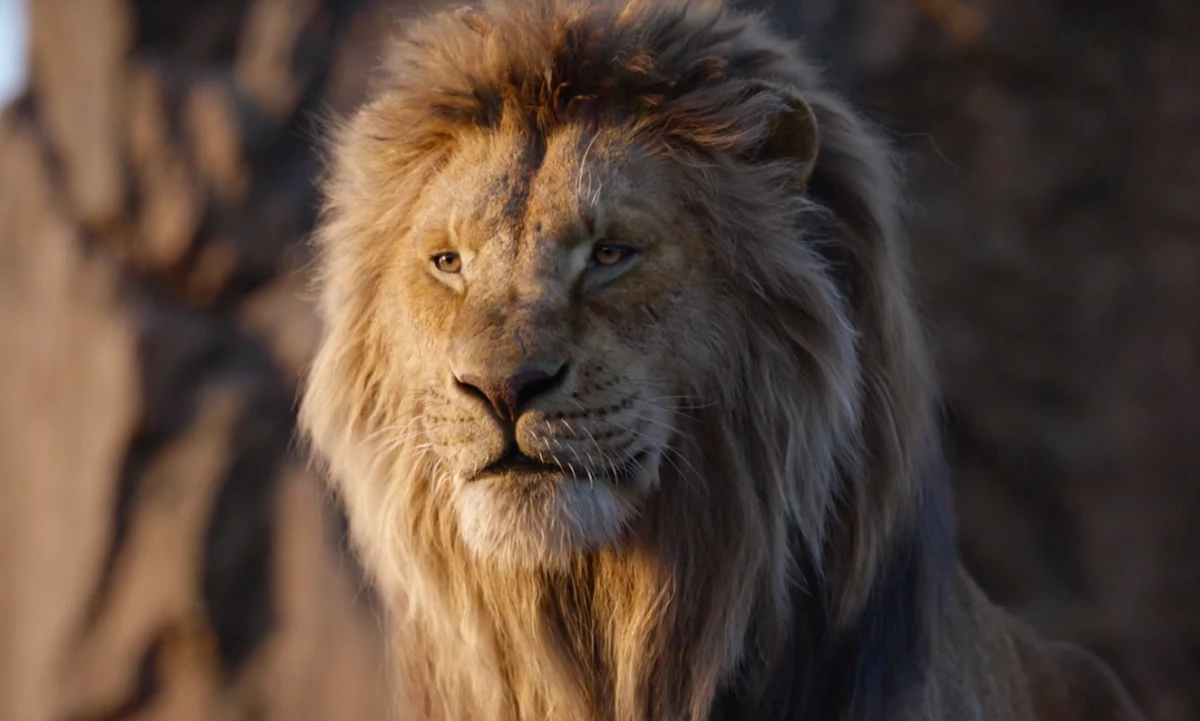Movie
Orphan First Kill
Orphan released in 2009 was a horror masterpiece in my opinion. I even bought the DVD
(remember those?). Despite having not seen Orphan in several years I can still remember
parts of it quite vividly. The starring role of ‘Esther’ (played by Isabelle Fuhrman); breaking
her own arm using a vice, kicking the hell out of that toilet cubicle, and of course creepily
cutting up her food with all the precision of a skilled surgeon. I can even recall some lines
like Esther threatening her adopted brother with a box cutter blade. Taunting the petrified
young boy by telling him she’s going to cut a certain appendage off before he’s even “learned
how to use it”.
So, when I saw Orphan: First Kill (2022) was now streaming on UK Netflix I was
skeptical. Knowing the genre’s track record for sequels and prequels, I didn’t hold out much
hope for reclaiming the glory of the first film. The first hour of the film is pretty much a
blood by numbers setup. The opening scene finds Esther, whose real name is Leena, trying to
escape from a psychiatric facility for dangerous patients. We are told Esther is the most
dangerous of these patients despite her petite size. We are also reminded of Esther’s
condition. Esther suffers from hypopituitarism; a form of dwarfism, which means she will
remain looking child-like despite her maturity. Esther plays into this in order to con people
into believing she is a harmless child. Orphan: First Kill takes place 13 years prior to Orphan
which means Esther is 20 years old.
The disturbed young woman of course escapes from the facility, resulting in at least
three murders by her own hand. Whilst on the run, she assumes the identity of a missing 9
year old girl named, you guessed it; Esther. This is how Esther gets her alias.
The burgeoning con artist ingratiates herself to the missing girl’s family by pretending
to be their long lost daughter. She takes a particular liking to the father, I’m sure she wants to
call him ‘daddy’ (sorry I had to). All very standard and following the same beats as the first
movie. It was at this point in the movie I resigned myself to returning to my very busy
evening of doom scrolling. But, then! The twist happened! I won’t spoil it but suffice to say I
was impressed with this switch up. I had suspected Julia Stiles (10 Things I Hate About You,
Mona Lisa Smile) wasn’t going to be just a suburban mum whose becoming slightly
suspicious that her miraculously returned daughter is somewhat homicidal. The movie turns
deliciously campy and I couldn’t wait to find out how this truly twisted tale unfolded.
Actress Isabelle Fuhrman returns as Esther and is as formidable as ever in the role.
Some have criticised that at 27 Fuhrman is now too old for the role, even pretending to be an
adult pretending to be a child. In Orphan Fuhrman was 18 years old, so her youthful looks
made her portrayal of Esther all the more disturbing. In the prequel she looks far more like a
grown woman. Despite rumours there was no CGI de-aging, instead the production utilised
child stunt doubles and forced perspective shots. You can play a fun game, as I did, of trying
to guess in which shots Fuhrman was switched for the child stunt doubles. I also hypothesised
that the real Esther’s bedroom furniture was scaled differently to fit Fuhrman’s height which
makes the scenes in the bedroom with the other adult actors look…interesting.
Despite all these machinations the casts performances are excellent. Fuhrman even
makes the egregious Estonian a somewhat sympathetic character regarding the situation she
finds herself in. A special mention goes to the son, Gunnar (Matthew Finlan) who started out
a relatively benign but ended up as a character you love to hate!
Is Orphan: First Kill another horror classic? Not at all, but it’s a surprisingly fun
watch that will take you by surprise.
Movie
‘Mufasa: The Lion King’ Will Leave You Breathless

“Mufasa: The Lion King” is a visually stunning addition to the beloved Lion King franchise, offering a fresh and emotionally resonant take on the origins of one of Disney’s most iconic characters. The film beautifully explores Mufasa’s journey, balancing heartfelt moments with touches of comedy that lighten the mood and make the story accessible to audiences of all ages. The animation is breathtaking, capturing the vibrant landscapes and lush environments of the Pride Lands, adding depth to Mufasa’s character and his relationships.
The storytelling is compelling, effectively pulling at the heartstrings while providing insights into Mufasa’s character before he becomes the legendary king. However, the setup for Scar’s betrayal feels somewhat underdeveloped, lacking the deeper motivation that could have enriched their complex brotherly relationship. This missed opportunity leaves a slight gap in understanding Scar’s actions, which could have elevated the dramatic stakes.
The musical score is impressive, featuring memorable songs that enhance the emotional impact of pivotal scenes. While there are several standout tracks, one song, in particular, resonates deeply and is sure to linger in viewers’ minds long after the credits roll. Overall, “Mufasa: The Lion King” is an amazing film and a worthy addition to the Lion King lore that manages to deliver both laughter and tears, offering a rich tapestry of storytelling that fans will appreciate.
Movie
Is ‘Kraven the Hunter’ a Total Letdown?

“Kraven the Hunter,” directed by J.C. Chandor, aims to introduce a beloved Spider-Man villain to the big screen, but unfortunately, it falls short of expectations. The film suffers from noticeable issues, notably an overuse of ADR (Automated Dialogue Replacement), which detracts from the authenticity of the characters’ interactions and contributes to an uneven audio experience. This technical flaw is compounded by rough storytelling that feels disjointed and lacking in coherence, leaving viewers struggling to connect with the narrative.
Aaron Taylor-Johnson delivers a commendable performance as Kraven, showcasing the character’s gritty nature and complex motivations. His portrayal has potential, and it’s evident that he could elevate the character far beyond what is presented with a stronger script and direction. However, the absence of Spider-Man, a central figure in Kraven’s lore, leaves a void that the film struggles to fill. Without this critical connection, the plot meanders and fails to create the tension or stakes that fans of the superhero genre crave.
Additionally, including Rhino as a villain feels like a missed opportunity; he is presented more as a gag character with limited screen time, undermining any sense of threat or depth. For the average moviegoer, “Kraven the Hunter” might entertain but ultimately feels like a mediocre viewing experience. Comic book fans, however, may find disappointment in this lackluster attempt to create a solo character film. Instead of an exhilarating dive into Kraven’s world, the film presents a watered-down version, leaving audiences wishing for a more cohesive vision that honors its comic book roots.
Movie
A Brief Review and History of A Year Without a Santa Claus

A Year Without a Santa Claus, the 1974 stop-motion holiday classic produced by Rankin/Bass, is a heartwarming and whimsical tale that has cemented its place in holiday traditions. Based on Phyllis McGinley’s 1956 book, the story revolves around a disheartened Santa Claus who, feeling unappreciated, decides to take a year off from his Christmas duties. It’s up to Mrs. Claus and a pair of well-meaning elves, Jingle and Jangle, to reignite the Christmas spirit and show Santa the world’s unwavering belief in him.
The movie is beloved for its unforgettable characters, especially the bickering Miser Brothers, Snow Miser and Heat Miser. Their catchy, vaudeville-style musical numbers, “Snow Miser Song” and “Heat Miser Song”, are so iconic they’ve become cultural touchstones, often parodied and celebrated decades later.
Directed by Arthur Rankin Jr. and Jules Bass, the film continues the duo’s tradition of stop-motion magic, blending heartfelt storytelling with quirky humor. The voice cast, featuring Mickey Rooney as Santa and Shirley Booth as Mrs. Claus, delivers standout performances. Booth’s warm narration was her final acting role before retirement, adding a layer of poignancy to the film.
Initially released on December 10, 1974, on ABC, the special didn’t immediately achieve the legendary status of Rudolph the Red-Nosed Reindeer. However, it gained a dedicated following through annual holiday airings, nostalgic appeal, and its distinct charm.
The film’s themes of hope, unity, and rekindling joy remain timeless, making it a perennial favorite for audiences of all ages. Its blend of humor, catchy songs, and a touching message about believing in magic and goodwill ensures its enduring legacy during the holiday season.
For fans of holiday classics, A Year Without a Santa Claus is a must-watch that never fails to warm hearts and spread cheer.


